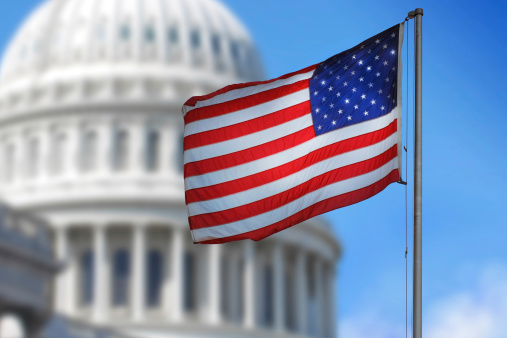 Regardless of your opinions on Sen. Rand Paul’s 13 hour filibuster yesterday, we can pretty much all agree on one thing: the young Republicans just gained power over something. Whether they effectively won a coup against the GOP patriarchs to capture the entire party or only succeeded into breaking it in half, Sen. Paul’s filibuster increased his power immensely, increased the power of his allies, and most of all, he can claim that it worked. But how did he achieve this (for better or worse) victory? It comes down to his Twitter page.
Regardless of your opinions on Sen. Rand Paul’s 13 hour filibuster yesterday, we can pretty much all agree on one thing: the young Republicans just gained power over something. Whether they effectively won a coup against the GOP patriarchs to capture the entire party or only succeeded into breaking it in half, Sen. Paul’s filibuster increased his power immensely, increased the power of his allies, and most of all, he can claim that it worked. But how did he achieve this (for better or worse) victory? It comes down to his Twitter page.
What else could have caused the White House to back down after Rand Paul sat down? Rand was not making any friends during his filibuster, and though his young colleagues might have supported him, no one else in the room did. Everyone knew at some point he had to stop talking. This type of play burns power at an incredible rate but it does not actually gain power. Still, the White House gave him a victory.
During his filibuster, Rand’s personal Twitter followers increased by over 30,000 in less than 24 hours, and #StandwithRand became one of the top trending topics in the United states (with high percentages of that chatter being positive). Supporting tweets poured in and some were even read on the Senate floor. (Twitter later ran a blog on the incident.)
So how did he do it? Rand Paul followed the Twitter textbook and it paid off for him. He set up his hashtags, had his friends and followers start retweeting those hashtags, and best of all, he used a personal voice. The tweets were posted as Rand, thought he was speaking to the Senate during the entire 13 hours and cell phones are not allowed on the floor. Which means the tweets were either pre-scheduled or the Senator had someone posting the general sentiment of his message for him.
So what does this mean to social media in politics? Or business? It is too early to tell. But this could become the moment where social media stopped being used to support campaigns actions, and became a campaign action in itself. In the words of GOP strategist Rick Wilson, “Twitter is woven through the DNA of this filibuster, taking an obscure legislative process into the public space.”


